Overview
Have you ever wondered about being in the lap of the world’s tallest peak, Mt. Everest? If yes, then your dreams are coming to reality as we bring up the Everest Base Camp Trek just tailored for you.
Everest Base Camp is one of the greatest adventures in the world having Mt. Everest as the major attraction. This trek takes you through the traditional Sherpa villages, deep green forests, and to the lap of the snow covered Himalayas. Not only that, the cultural learnings and the encounter with wildlife and biodiversity are what bring your journey to life. Located in Solukhumbu region in Sagarmatha National Park, EBC is done in 14 days and it takes you to an altitude of 5,645 meters.
Being surrounded by iconic peaks like Everest, Lhotse, and Nuptse, there’s no question in quenching your thirst of experiencing the cinematic views. Everest also known as Sagarmatha in Nepali and Chomolungma in Tibetan language serves as your best man in the adventurous journey.
The terraced fields and the ever flowing rivers like Dudh Koshi and Bhote Koshi will bring back your soul to life. Not only that, the high suspension bridges, deep gorges and valleys, and also the great Khumbu Glacier are the pinnacle of this journey.
So whether you are an adventure seeker or a nature lover, Everest Base Camp is the ideal choice for trekking.
Your journey towards your EBC starts with a flight from Tribhuvan International Airport to Lukla Airport. Starting from the Sherpa villages and dense forests, you will be welcomed at several stops such as Phakding, Namche, Dingboche, and Gorak Shep. The best part is that you will get to share the culture, language, tradition, and lifestyle of the remote settlers, which will surely bring a smile to your face.
Apart from that, you will also visit Kala Patthar at 5550 meters above sea level, which offers you the panoramic views of Mahalangur Mountain Subrange from the Himalayas. It takes around 12 to 14 days to complete this trek, but though it is a long time, you can be assured that your journey remains very fruitful and enjoyable.
So, lace up your boots, pack your bags, and get ready to experience the Everest Base Camp!
Trek Itinerary
Kathmandu Altitude: 4,344 feet (1,324 metres)
Day 1 marks your arrival in Kathmandu via Tribhuvan International Airport. Our team members will be there to pick you up and escort you to your respective hotels for overnight stay.
Later, there will be a briefing session in the evening regarding your Everest Base Camp Trek. Our experienced guides will provide you with the insightful knowledge about the base camp and other details like preparation and logistics. Also, the message regarding the day to day itinerary for the trek will be relayed.
Feel free to address any queries you may have during the session.
Note: Try to reach Kathmandu a day earlier so that you have ample time to rent out Trek gear and exchange currency.
Flight Time: 30-40 minutes
Trek Distance: 8 km
Trek Time: 3-4 hours
Phakding Altitude: 2650 m
Lulka Altitude: 2858 m
Day 2 starts with a short briefing before heading towards Tribhuvan International Airport in Kathmandu. From there, we will onboard a flight towards Lukla, which should take anywhere from 30 to 40 minutes. Upon reaching Lukla, you will be led by our guides and then prepare for the short trek to Phakding.
A short time of break and then we will begin our journey towards Phakding at 2650 meters above sea level. It takes around 3-4 hours to reach Phakding from Lukla and throughout the hike, you will be welcomed with the beautiful Himalayas, including peaks like Ama Dablam and Kusum Kanguru.
In between, we cross Chheplung, Ghat, and Nurning villages before stepping on Phakding, which offers insights to Buddhism and Sherpa culture. We will stay at a tea house overnight.
Note: Kathmandu to Lukla flight weight limit is 15 kg per trekker (10 kg Checking bag and 5 kg carry bag). Make sure to pack your bags carefully to avoid any hassle and extra charges.
Lukla Flight: Due to air traffic in peak seasons, Lukla flights may operate from Ramechhap Airport (Manthalli) rather than Kathmandu.
Trek Distance: 10 km
Trek Time: 6-7 hours
Namche Bazaar Altitude: 3475 m
Today, we will start our hike early in the morning through the Himalayan meadows. Following the trails alongside Bhote Koshi River, we will cross the suspension bridges and walk through the rocky uphill trails. After around a couple of hours of trek, we will reach Monjo, where you can purchase the Everest Base Camp Trek permits if you haven’t obtained it yet.
We will push our final hike for today from Monjo, crossing Larja Doban and Jorsalle village. And after around 6 to 7 hours of total hike, we will finally reach Namche Bazaar.
Namche, also known as the ‘Gate to Everest’ is a bustling town of Sherpa featuring cross culture, both from Nepal and western world. We will be staying at a hotel in Namche where we can experience traditional Nepali dishes, such as Dal, Bhaat, and Tarkari.
And needless to say, Namche is a perfect place to have the magnificent views of Mount Khumbu Yül-Lha (Khumbila), Everest, Ama Dablam, and Cho Oyu.
We have already been over 3000 meters above sea level and our body will already be exhausted due to long walks. So it is time to take a rest and acclimatize at Namche on the fourth day.
Usually, acclimatization is done to adapt yourself into the rising altitudes to avoid any risks of altitude sickness. Since Namche lies at high altitude, trekkers must acclimatize before pushing themselves to higher altitudes.
You can go on acclimatisation hike to Syangboche Hill (12,795 ft) from here you can have a view of Lhotse, Mount Everest, Ama Dablam, Thamsurku, Konde Ri, and Khumbila.
We recommend you to trek gradually, eat healthy, stay hydrated and take enough rest.
Trek Distance: 11 km
Trek Time: 5-6 hours
Deboche Altitude: 3,740 m
Trek from Namche to Deboche takes around 6 to 7 hours, so we will be starting our hike early in the morning after a warm breakfast. But before reaching Deboche, we cross Tengboche Village, where the ancient Buddhist Monastery, Tengboche Gompa lies.round 6 to 7 hours, so we will be starting our hike early in the morning after a warm breakfast. But before reaching Deboche, we cross Tengboche Village, where the ancient Buddhist Monastery, Tengboche Gompa lies.
Reaching Tengboche requires around 5 hours of walking through the green forests of rhododendron and trail alongside the Bhote Koshi River. Upon reaching the village, we will visit the monastery built in 1916 by Lama Gulu.
After that, we will engage in a couple of hours of trekking to reach Deboche, where we will stay at a tea house overnight.
Trek Distance: 11 km
Trek Time: 5-6 hours
Dingboche Altitude: 4,340 m
Day 6 brings you one of the most exciting hikes in the Everest Base Camp Trek. As we hike up, we will experience the barren and rocky landscapes due to sparse vegetation. We must follow the uphill trail that stretches up to Pangboche, where Pangboche Monastery lies.
While we are on a hike, we will also be enjoying the views of Bhote Koshi river deep down along with Ama Dablam Peaks ahead of us. Leaving Pangboche behind, we will push our final limits towards Somare and then to Dingboche. Overnight stay at a tea house.
This is the second acclimatization day at Dingboche after Namche Bazaar. Located at 4410 meters above sea level, Dingboche is one of the most beautiful places in Khumbu region. However, situated over 4000 meters, it also poses significant risks to altitude sickness. That’s the main reason why we acclimatize at Dingboche.
Acclimatization day does not mean only resting and taking precautionary measures but it comes with opportunities to explore nearby places like Nangkartshang peak and Chhukung. Enjoy the day with cinematic views of Ama Dablam, Makalu, and Cho Oyu during your stay at Dingboche.
Trek Distance: 11 km
Trek Time: 6-7 hours
Lobuche Altitude: 4930 m
Our next destination for today is Lobuche, which sits at 4940 meters above sea level. To reach there, we cross Dughla, which takes around 6 to 7 hours. Following the rocky uphill trail, we will pass Dusa Village before reaching Dughla at 4620 meters.
From Dughla, we will hike north and reach Thokla Pass at 4830 meters above sea level, from where we can get the widespread views of Mt Everest, Cho Oyu, and Ama Dablam. It takes around an hour from the pass to reach Lobuche.
Lobuche is at the base of Khumbu glacier and this small village serves as a stopover before Gorak Shep.
Trek Distance: 10 km
Trek Time: 7-8 hours
EBC Altitude: 5,364 m
Gorak Shep Altitude: 5,164 m
Today, we will be at the last Sherpa settlement in the Khumbu Region, Gorak Shep. Reaching Gorak Shep from Lobuche takes only around 1.5 to 2 hours but remember as this location lies in high altitude, you must be properly prepared with gears and clothes.
Hiking along the Khumbu Glacier will be adventurous as you leave Lobuche and starts on today’s hike. And again, leaving Gorak Shep behind, we will climb uphill towards Everest Base Camp, which is home to fluffy snows and beautiful scenery.
Everest Base Camp is the lap of mighty Everest itself and it serves as the camping location for the expeditioners. We will have a detailed time to explore the base camp and enjoy its beauty.
Later, we will return to Gorak Shep for an overnight stay, following the same standard trail.
Trek Distance: 20 km
Trek Time: 7-8 hours
Today, we will be at the world’s highest webcam, Kala Patthar, located at 5550 meters above sea level. It is a perfect place to have a 360 degree view of Mt. Everest, Cho Oyu, Nuptse, Lhotse, Makalu, and Ama Dablam.
Starting our hike after a warm breakfast in Gorak Shep, we will start on a challenging trek through the rocky and snowy terrains. It should take around 2 to 3 hours to reach Kala Patthar. So an early start will help us catch the views of sunrise from this place. The trail may sometimes be steep, demanding physical and mental endurance, so you know what aspects you must be prepared for.
After enjoying our time we will descend towards Pheriche at 4371 meters (14,341 feet). You will follow the same trail until you reach Dughla. From there, you will catch a path from the right side and head towards Pheriche. Once you reach Pheriche, you can rest for the rest of the day and also visit nearby locations for understanding Sherpa lifestyle, culture, and people.
Trek Distance: 19 km
Trek Time: 6-7 hours
To reach Namche Bazaar from Pheriche, we cross one of the high altitude passes of Nepal, Pheriche Pass (4270 meters). Today, we will walk for around 7 hours and will be covering 14 kilometers of distance.
The hike will take us through Somare, Pangboche, and Tengboche before leading us to Namche. While the descent might be physically demanding, the scenery of the Himalayas and Bhote Koshi river will always be there to soothe us.
Following the trail, we will cross a suspension bridge above Bhote Koshi River and then continue our trek for another few hours. Upon reaching Namche Bazaar, we will stay at a hotel enjoying the vibes of bars and lounges around the area.
Trek Distance: 18 km
Trek Time: 3-4 hours
It is another long day of walking, so be prepared with your endurance and physical strength. It takes around 7 hours to cover 17.7 kilometers of distance from Namche to Lukla. We will be walking through the mixed terrains of rocky and paths. It is the same familiar route that we walked before through the rhododendron, pine, and oak trees.
We will cover several Sherpa villages such as Monjo, Phakding, and Chheplung before we reach Lukla. Remember, these areas lie inside the protected landmark of Sagarmatha National Park, so you might have a chance to encounter several rare flora and fauna.
Upon reaching Lukla, we will be heading towards our tea house for overnight stay with a warm meal.
Flight Time: 30-40 minutes
On day 13, we will set on a flight from Lukla to Kathmandu, which takes around 45 minutes. After reaching Kathmandu, our officials will escort you to your respective hotel, where you can rest for the remaining hours.
Or you can hop onto the streets of Kathmandu to enjoy various dishes and visit famous shops, bars, and restaurants. You can also go shopping to get gifts to your loved ones.
Flight Time: 30-40 minutes
This is our last day of the Everest Base Camp Trek.
If you plan to get back to your home country then our officials will help you escort you to Tribhuvan International Airport and bid farewell.
But if you plan to stay back for a day or two, then you can also plan your city tour.
Trek Package
Price Inclusion
Flight from Kathmandu to Lukla and to Kathmandu
Airport pick up and drop off in Kathmandu
Hotel transfers from Kathmandu to Kathmandu
Certified Guide
Porter to carry up to 10 kgs of weight per trekker (1 porter for every 2 clients)
2 Nights stay in Kathmandu
11 Nights stay in tea houses/mountain lodges
Trekking permits including Sagarmatha National Park Permit and Khumbu Pasang Lhamu Municipality entry permits.
Medical kit
All govt and local taxes
Himalayan Dream Treks duffle bag, map, t-shirt
Trek completion certificate
Price Exclusion
Adventure Insurance
Travel expenses related to reaching Kathmandu and return journey
Tips for trekking staff, porters, guides or drivers.
Meals during the trek
Bottled/boiled water or beverages during the trek
Personal expenses like battery recharge, extra porters, internet, phone calls, hot shower, etc are not included.
5% GST
Additional expenses like accommodation and Food if the trek gets delayed due to flight cancellation, health issues, weather, or any other reason.
Personal Trekking gear and equipment like sleeping bag, gaiters, trek poles, and trek shoes are not included and need to be rented from Kathmandu.
Emergency costs like evacuation and rescue operations due to injury or natural calamity.
INR 3000 will be charged in case flights take off from Ramechaap due to air traffic.
Any expenses or items not mentioned in the inclusion section are not covered.
Check the booking procedure here, including details on booking deposits, payment terms, and the cancellation policy.
Best Season to do EBC Trek
The best time to do the EBC Trek might vary from one person’s perspective to another. But if you consider the weather patterns and scenery, the ideal time to go for this trek is during the Spring and Autumn season. Here are the reasons why:
Spring (March to May) is the most stable season in Nepal, where there is minimal rainfall and snowfall. Similarly, the temperature is mild, ranging from 15 C to -2 C. Similarly, the weather offers a clear and crisp scenery with fewer clouds in the sky, allowing you to have the clear views of the Himalayas, traditional villages, forests, and rivers.
Moreover, the forests change, and leaves and flowers go in full bloom offering a colorful environment during Spring.
Autumn (September to November) is another best time to do the Everest Base Camp Trek. The weather patterns are almost similar to Spring and temperature ranges around 17 °C to -8 °C on average.
Off-Season Treks
Off-season treks are conducted in monsoon and winter seasons, but they are not recommended to intake. Since the weather and climate are not much aligned with human’s expectations, it can pose significant risks.
For example, winter in the Everest region temperature drops down below 0 degree Celsius. The heavy snowfall will block the routes making it hard to navigate and reach the base camp.
Also, during the monsoon, the heavy rainfall makes the route very slippery and the natural hazards like landslides and downstream floods are very common. This will make your trekking very challenging to complete.
However, if you want to avoid crowds, then you can consider trekking during the winter.
The ideal time for you will depend on your individual preferences and priorities. Do you prefer clear skies and mild temperatures? Or are you okay with colder conditions and potentially some snow?
Climate and Weather during the EBC Trek
Spring: In spring, the weather is stable in Everest Base Camp. The average temperature during spring ranges from 15°C to -2°C. In the meantime, the wind howls at the speed of around 14 km/h.
Summer: During summer, the temperatures show a rise from the beginning of June, ranging from 22°C to 3°C.
The rainfall at the Everest Base Camp also increases during the monsoon time to about 190 mm and wind speed is also expected to be 16 km/hour.
Autumn: Autumn features temperature ranges from 17 Degrees Celsius to -8 degrees Celsius.
Winter: Winter is the time when the temperature drops below 0 degrees Celsius. In the low elevation area, it is quite pleasant, but the heavy snowfall is awaiting for the higher elevation. On average, the temperature in the daytime can reach -4°C maximum and -17°C minimum in the night.
Difficulty Level of The Route
Everest Base Camp Trek is one of the adventurous and exciting journeys but we recommend trekkers to go through the training and prepare accordingly. The Everest Base Camp trek is regarded as the ‘Challenging’ trek due to its location and altitude.
Everest Base Camp is located at 5364 meters above sea level, where there is thin air, high air pressure, and low oxygen. These features can lead you to suffer from altitude related problems like AMS (Acute Mountain Sickness), HACE (High Altitude Cerebral Edema), and HAPE (High Altitude Pulmonary Edema). That’s why we recommend you acclimatize before you start the journey to high altitudes.
Similarly, the Everest Base Camp Trek itinerary includes a day to day hike, which is around 6 to 7 hours. Walking for such a long time will exhaust you physically and mentally. So with lower physical fitness, you are most likely to fail to reach the base camp. However, you do not need to be an Olympic athlete to reach the Everest base camp. Anyone with a positive mindset and good health can do this trek.
Altitude sickness is undoubtedly the major concern during this trek. So proper preparation with your physical and mental being is very important. In the meantime, you must be prepared with your gears and essential equipment.
We also have listed preparatory methods to successfully reach Everest Region without having your health put to test. Find the details below!
Required Preparation for EBC [Physical Fitness, AMS]
As mentioned earlier, trekkers must prepare wisely before starting the Everest Base Camp Trek. Safety is the first priority, so you must assure that you are approaching the region safely with proper preparatory methods. If you are well prepared with all the necessities, you can not only complete this journey successfully but also return with a lot of learnings and memories. Here are some details on how you can prepare for the Everest Base Camp Trek:
Cardiovascular Exercises
We recommend all trekkers to go through cardiovascular exercises for this trek. Like we mentioned before, our itinerary includes a day to day hike of around 6 to 7 hours. And it is surely not for the beginners.
Trekkers must be physically fit and should feature physical endurance, stamina, and strength to hike for such long hours. So cardiovascular exercises are the one which will benefit for sure.
It is crucial to go through aerobic training, running, jogging, and cycling for effective physical strength.
Strength Training
Strength training is the most for the Everest Base Camp Trek. Since you must walk for more than 6 hours daily, your body needs full strength to complete the trek.
If you are physically weak, then you cannot continue the trek properly. Similarly, you are most prone to altitude related illnesses if your body is weak.
Full-body sessions 1-2 times per week is a good start. You can start your training at the gym or at home, which should focus on the main course exercises and workouts.
Altitude Training
Altitude training is best because Everest Base Camp Trek takes you to over 5000 meters above sea level. It is also essential to stay out of altitude sickness’ danger.
Being at the top physical form and practicing hikes with slow pace and acclimatization are some of the things which can become helpful for this trek.
You can check mountain guides, and doctors can provide advice if you experience altitude sickness symptoms. You can join climbing sessions as well.
Altitude sickness is the major concern during the EBC trek for sure. It is a situation that most of us may experience when we ascend to high altitudes too quickly, which results in the decrease in the body’s oxygen levels.
Acclimatization is very important to avoid altitude sickness. You should be very mindful about your body and focus on a gradual adjustment to the low oxygen levels by spending more time at the lower altitudes and ascending slowly, especially above 3,000 meters. This requires regular breaks and not climbing above 1,000 feet (300 meters) at one time after that altitude.
Of course, proper hydration is the most important matter in the prevention of altitude sickness. Drink lots of water daily as it will help you to prevent dehydration. Always avoid any caffeine and alcoholic products during the trek as they can hamper your body in adjusting to the changing heights.
If you’re prone to altitude sickness or planning to ascend to very high altitudes, diamox, an acetazolamide drug, can be of great use. However, these medicines must be taken under the prescription of the doctors.
If you are affected by altitude sickness symptoms like headaches, nausea, dizziness, or fatigue then inform your guide and drop in elevation and go to the medical expert in case your feeling worsens.
Trek Essentials [Things to Carry]
- 45-60 Ltr Bag Pack With Rain Cover & Comfortable Straps
- Hot and Cold Water Bottle Like Borosil and Milton
- Energy Bar, Dry Fruits, and ORS
- Personal Medical Kit
- 1 Pair of Sunglasses (UV Protected)
- 1 Neck Gaiters (Buff)
- Tiffin Box
- 2/3 Full Sleeves (Non-Cotton)
- 1 Full Fleece T-Shirt
- 1 Fleece Jacket (Woolen or Sweater)
- 1 Down Feather/ Hollofil Jacket
- 1 Waterproof Jacket/ Poncho
- 1 Pair of Thermal Inners (Upper and Lower)
- 2 Trek Pants (Avoid Shorts and Denim Pants)
- 1 Pair of Waterproof Gloves
- 1 Pair of Woolen Gloves
- Sun Cap
- Woolen Cap
- 4 Pairs of Cotton Socks
- 1 Pair of Woollen Socks
- 1 Waterproof and High Ankle Trekking Shoes
- 1 Pair of Floaters
- Hand Sanitizer and Sunscreen Lotion
- Toothbrush and Toothpaste
- Toilet Paper
- Quick Dry Towel
- Lip Balm and Antibacterial Powder
- Moisturizer
- Aadhaar Card, Pan, or Passport for Applying Permit
- Trek Insurance
- Medical Certificate
- Self-Declaration Form
- Sleeping Bag
- Common Tent
- Mattress
- Dining Tent
- Camping Stool
- Walkie Talkie (For Team)
- Utensils
How To Reach Kathmandu
If you are looking for the easiest way to get to Kathmandu, then flight is an ideal option. You can book a flight from India to Kathmandu at Tribhuvan International Airport.
There are several operators that operate the flight such as Air India and Jet Airways. It should take anytime around 1 to 1.5 hours to reach Kathmandu from India (depending on which city you are from).
You should acknowledge the fact that there are no railways that connect Nepal from India. So you must opt for the alternatives.
By distance, Bhairahawa and Raxaul borders in Nepal are the closest landmarks, so you can take a train from India to these places first. After that, you can travel either by flight or bus to get to Kathmandu, which takes a few hours.
There are several train stations from Howrah Station near Kolkata to Raxaul Junction, which should take you to your destination in a few hours.
Traveling by road is another form of transportation that can be used to reach Kathmandu from India. You can use the Delhi Transport Corporation (DTC) that operates the Maitri bus to Nepal’s capital.
Apart from that, you can take a bus to Raxaul or Bhairahawa instead of train and then head to Kathmandu, changing buses. Considering the travel time, it takes anywhere from 7 to 10 hours from Delhi, Varanasi to reach Raxaul. So you must stay one extra day at the Nepal border before heading towards Kathmandu. Buses, jeeps, and hired cars from Siliguri or Gangtok will take you to Kathmandu in about 14-16 hours.
Your Content is Here.
Hiking Map of the Route
Other Notable Insights on Everest Base Camp
Trek to Everest Base Camp has been one of the most adventurous and fascinating journeys since the 1920s. Since the first expedition led by George Mallory and Andrew Irvine in 1922, which eventually failed, the Everest region has been calling the global trekkers to its lap.
Actually, there are two base camps in Everest, North and South Base Camp. North Base Camp is located in the Tibetan Side, which stands at 5,150 meters and the south is located in Solukhumbu, Nepal at 5364 meters above sea level.
Despite two attempts by the George Mallory team that led to the demise of Mallory himself, Everest was never conquered until 1953. In 1953, Sir Edmund Hillary and Tenzing Norgay Sherpa successfully climbed Mount Everest, also bringing the insights of Everest Base Camp to the limelight.
After that, thousands of people have reached Everest Base Camp, while only few have reached the top of Mt. Everest. Hillary and Norgay established Everest Base Camp at the mountain’s base, providing a strategic storage location for their supplies.
Nowadays, Everest Base Camp has been a commercial hub for trekking and other adventurous activities. And every year, thousands of trekkers from around the world visit this location, despite its physical and mental demands.
Sherpa Culture
The Sherpa culture is known to the world since the beginning of the Everest Expedition history. Sherpas are the indigenous inhabitants from the northern side of Nepal. Not only in the Khumbu Region, but they are scattered all over the lap of the Himalayas in the country.
Sherpas come with their own culture, language, tradition, and costumes. And most importantly, they are highly praised for their mountaineering skills and hospitality they offer to the rest of the world. While you start on the Everest Base Camp Trek, you can have a close connection with Sherpas and know about their lifestyle and culture.
Tengboche Monastery
Tengboche Monastery is a Buddhist monastery on a hill over Dudh Koshi River. It is a popular stop for trekkers. It has a great significance of Tibetan Buddhism and it is one of the biggest monasteries in Nepal.
Tengboche Monastery was built in 1916 by Lama Gulu. It was destroyed by natural calamities several times but has stood up for more than a century now.
Sagarmatha National Park
Sagarmatha National Park is one of the protected land areas in Nepal, which is listed under the UNESCO World Heritage Site. It was established on July 19, 1976, and has been home to a diverse range of plants and animals, including the snow leopard, musk deer, and Himalayan Tahr.
Covering the land area of 1,148 square kilometers, Sagarmatha National Park stands as an emblem of wildlife protection in the world.
SCI, Foreign Permit & Vehicle
HDT is registered with the IMF, and we can cater to the needs of SCL for Government Employees. According to the rule, the government of India provides its employees with a prospect where they’re allowed to apply for a 30-day special casual leave in a calendar year to do trekking, hiking, or whatever adventure pleases them.
Mail us at info@himalayandreamtreks.in or call us at +91 80896 93825, if you want to avail SCL.
For foreign nationals, permit charges are different, and hence the overall package price is different for foreign trekkers. Connect with us before booking your trek.
- For 4-6 people Ertiga/Bolero or equivalent vehicle.
- For 7 or more people, Force Traveller.
FAQs
The total budget of your EBC trek should be around INR 1 lakh to INR 1.20 Lakh.
Around 130 km which is walked over 12 days.
In India, you can look into ASC360 which provides High altitude cover and Heli rescue.
Yeah, mobile network and internet are available during the trek. For charging your camera, smartphone and power bank, tea houses charge extra amount. You can also consider bringing Solar Charger with you.
To book a trek on our website, check out the dates first, then click on book now, fill out your details, and complete the payment.


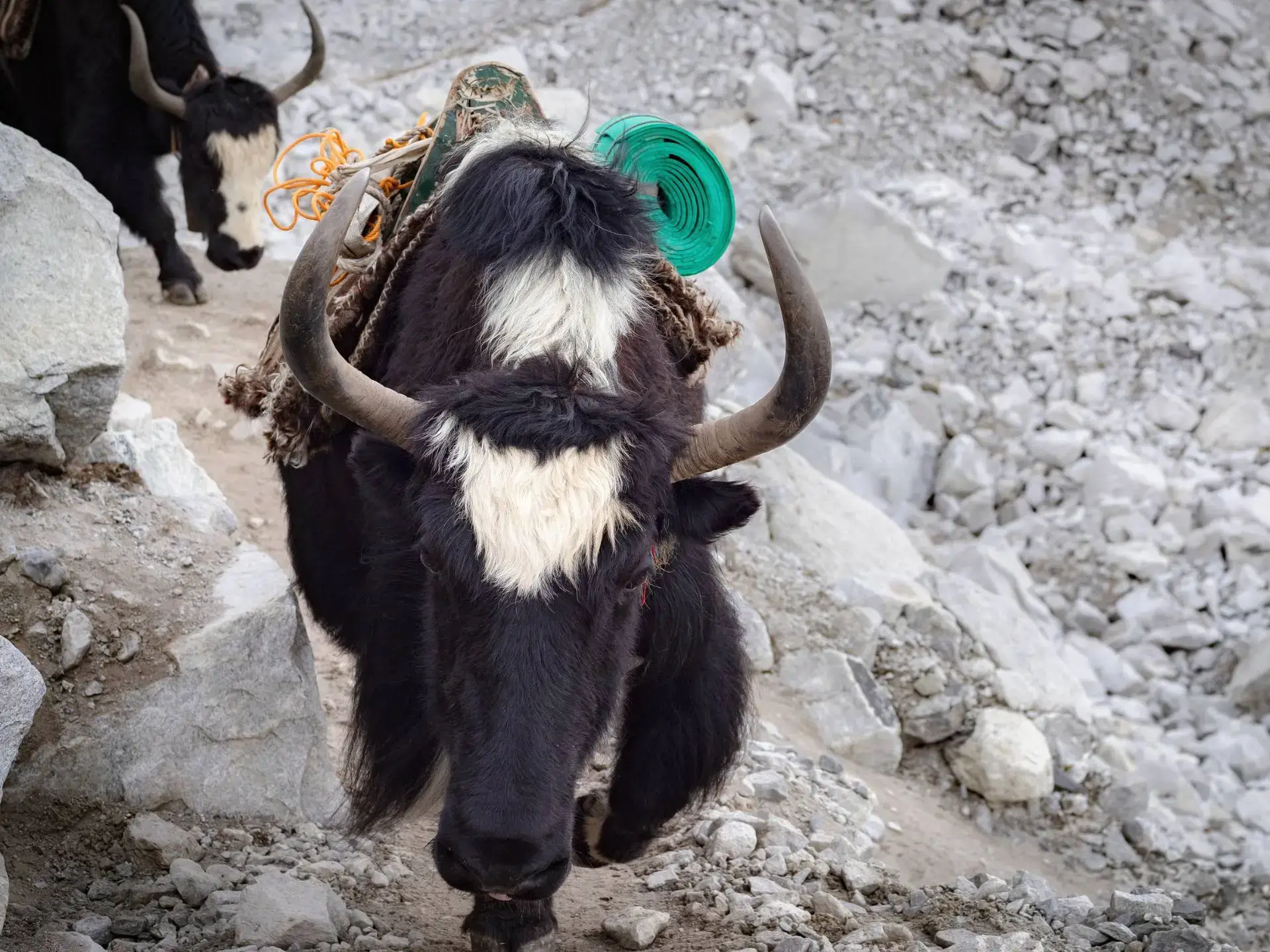
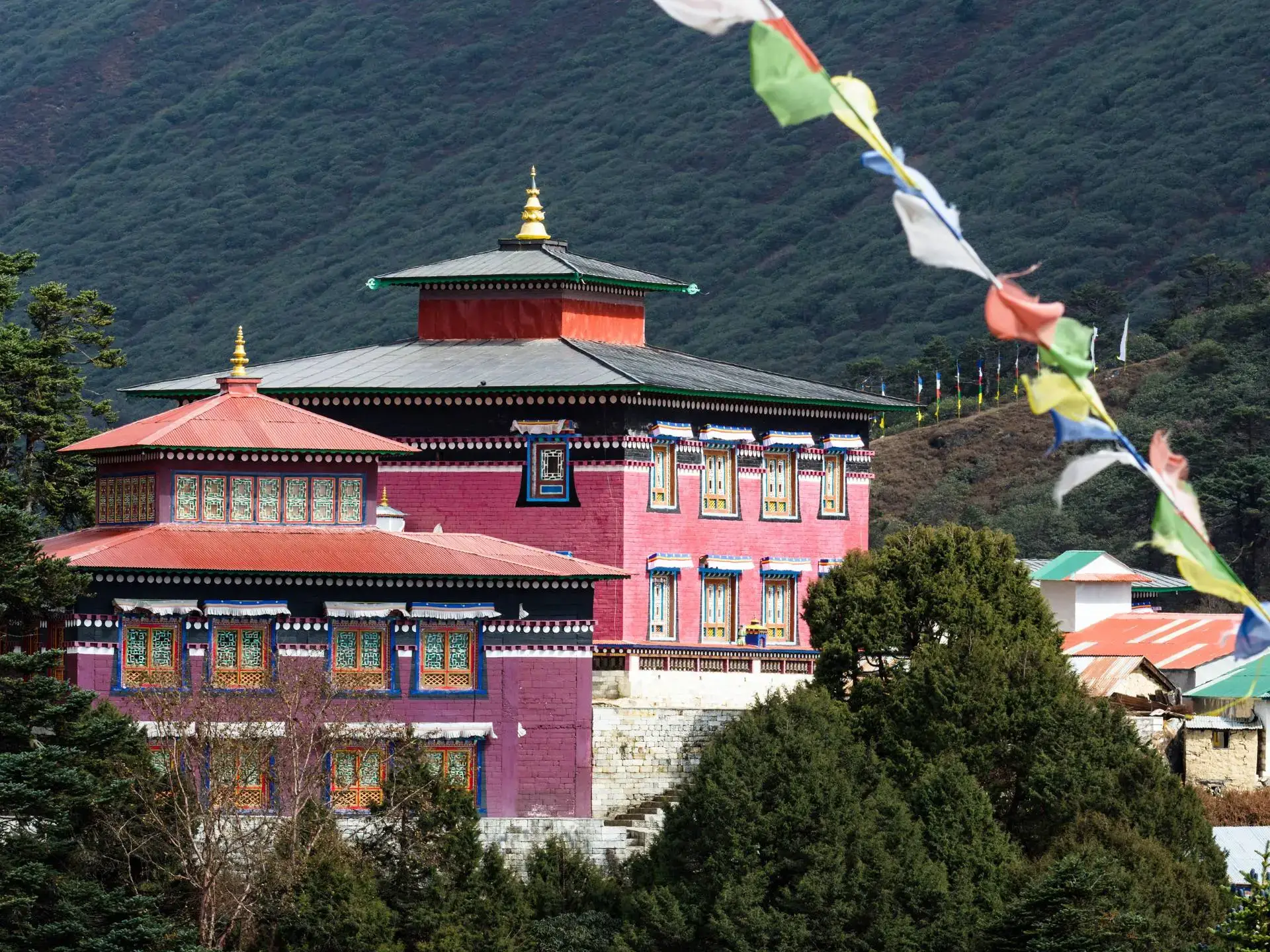
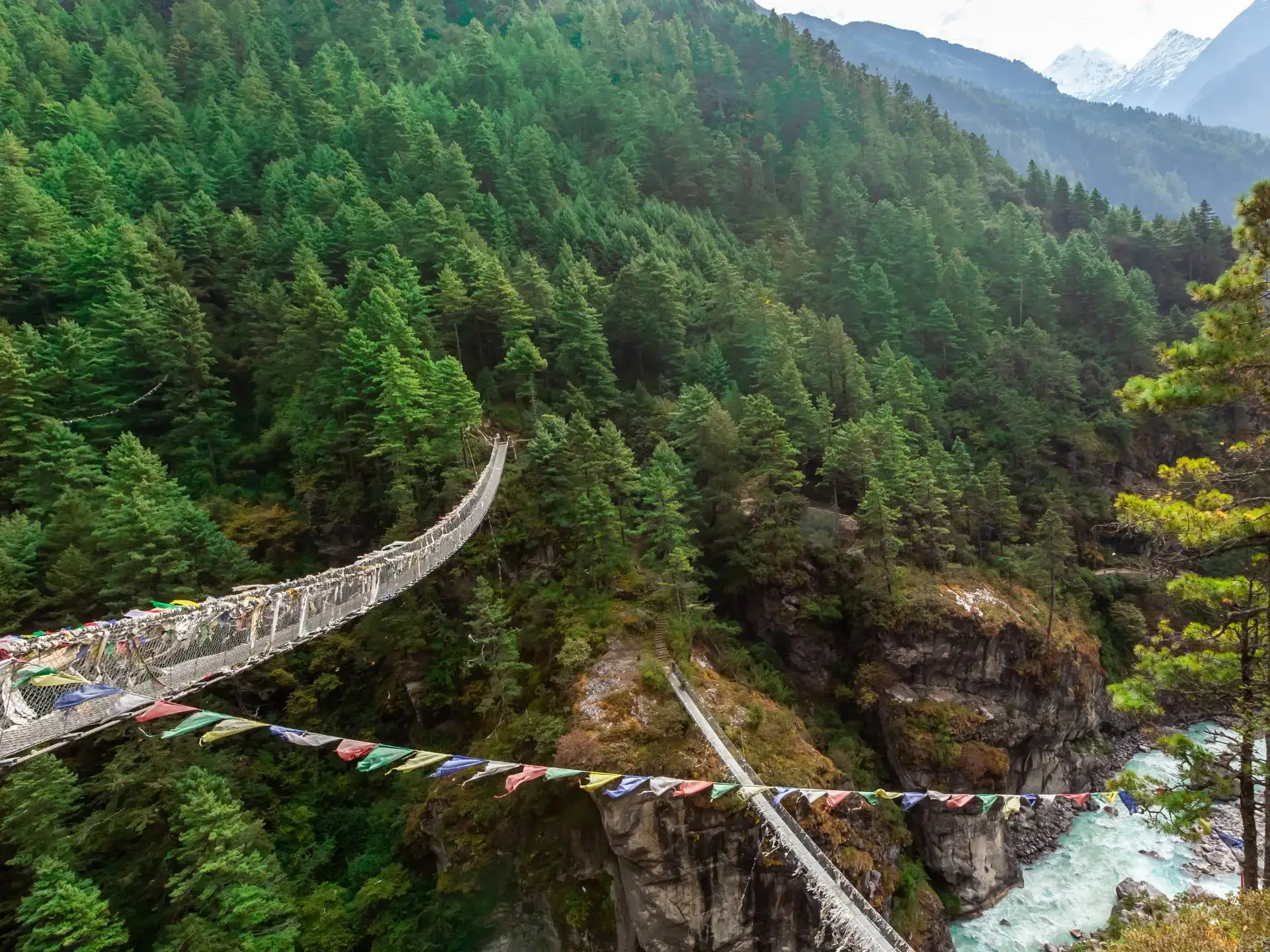

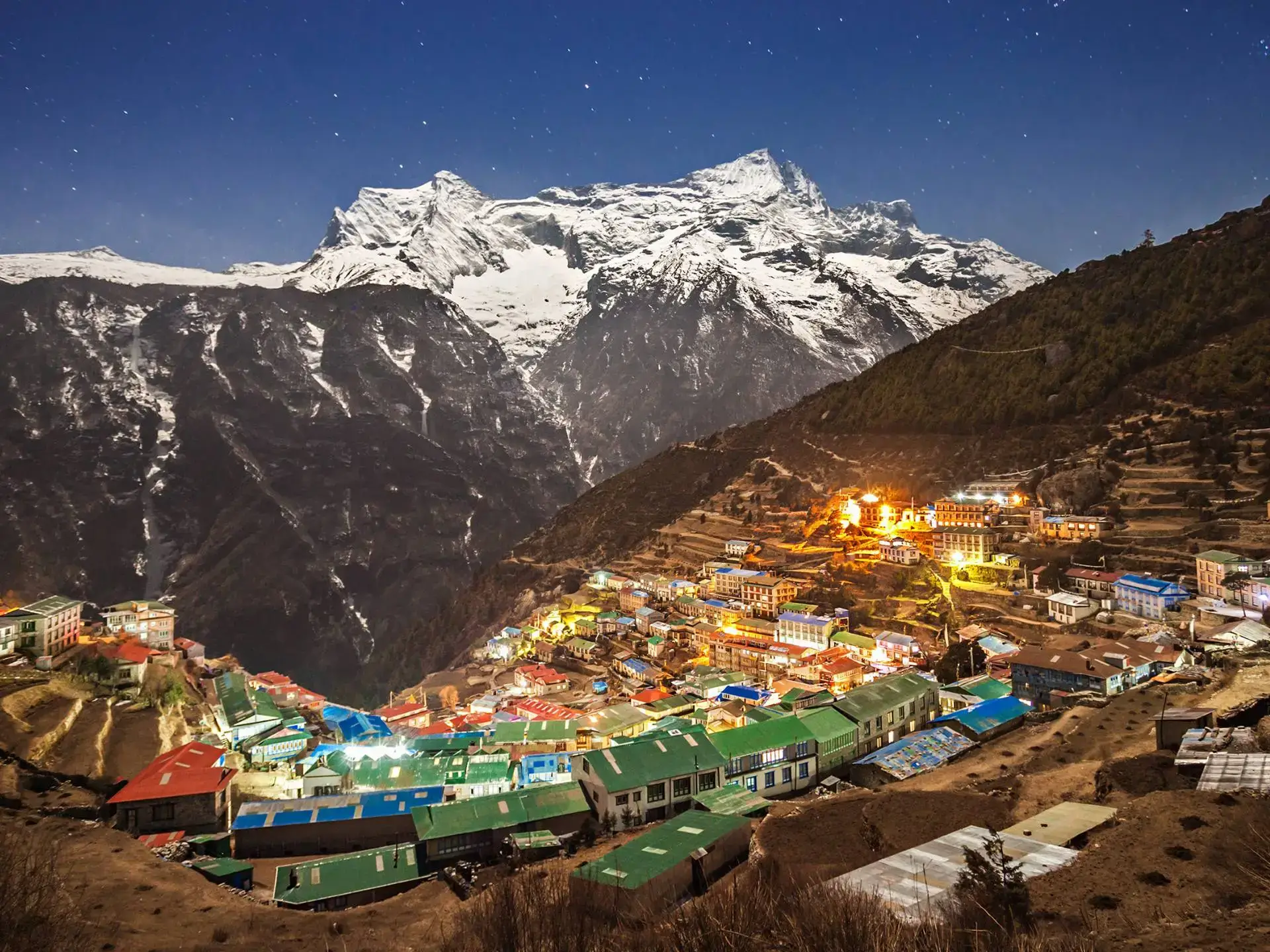

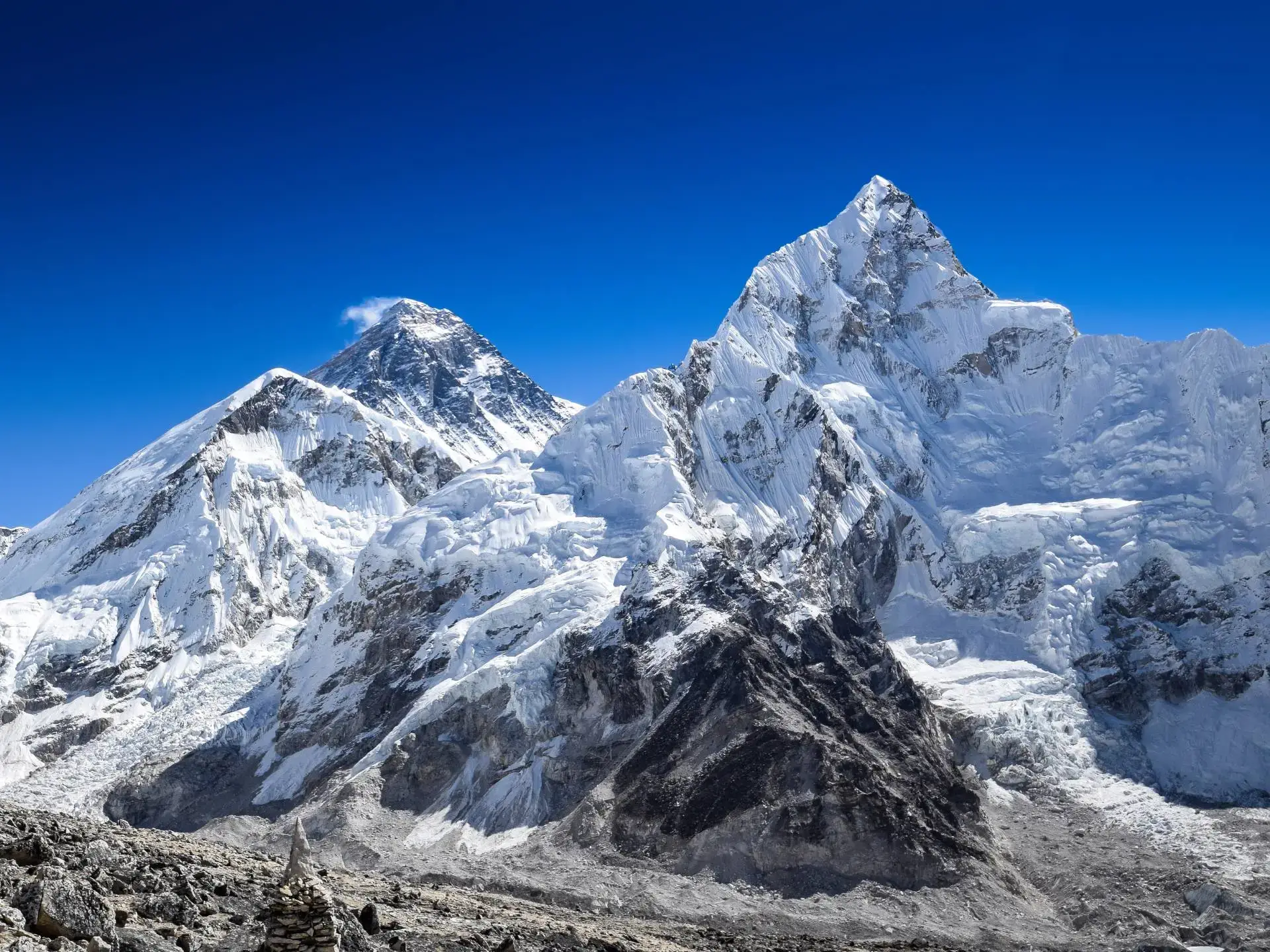
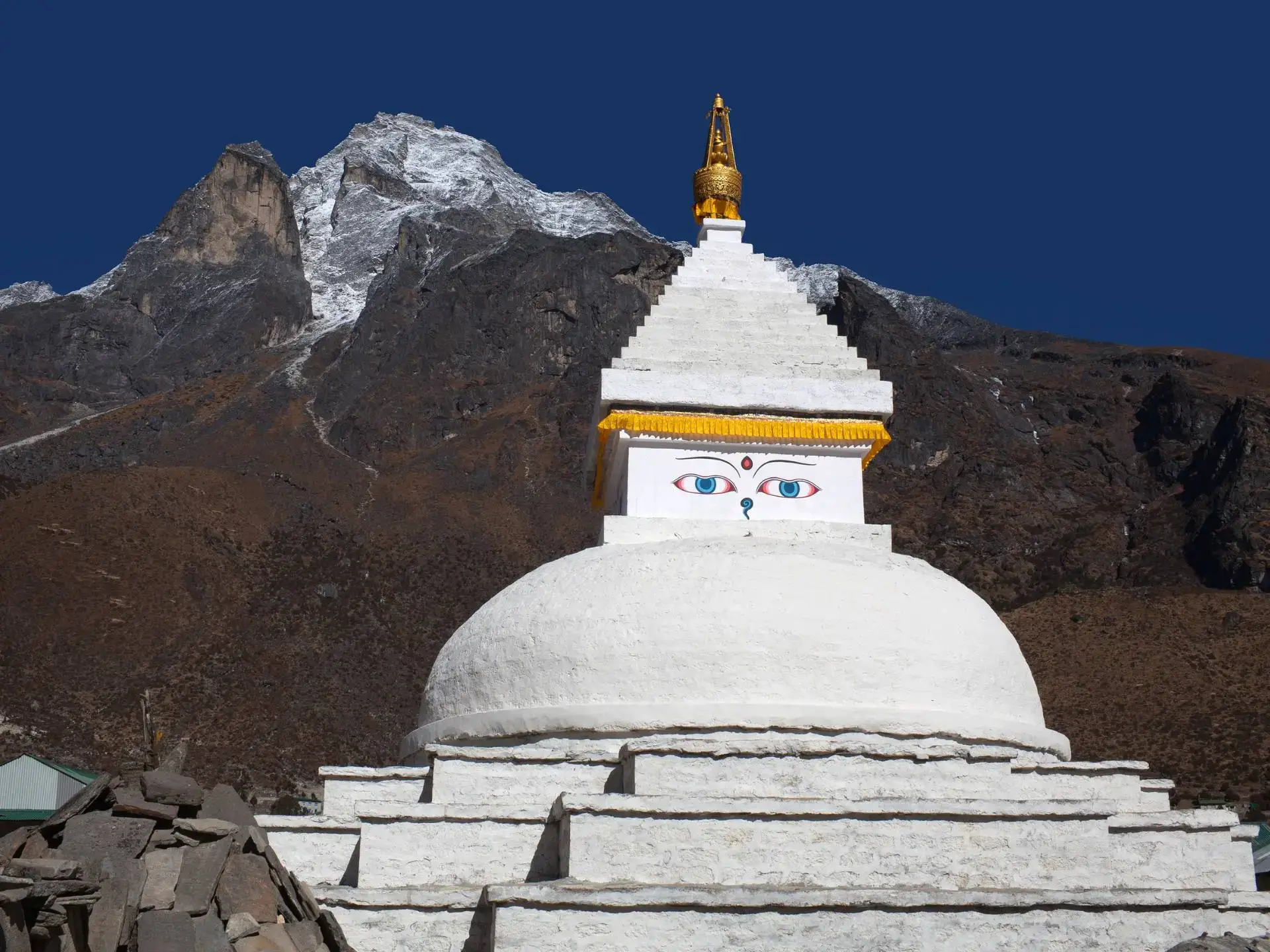

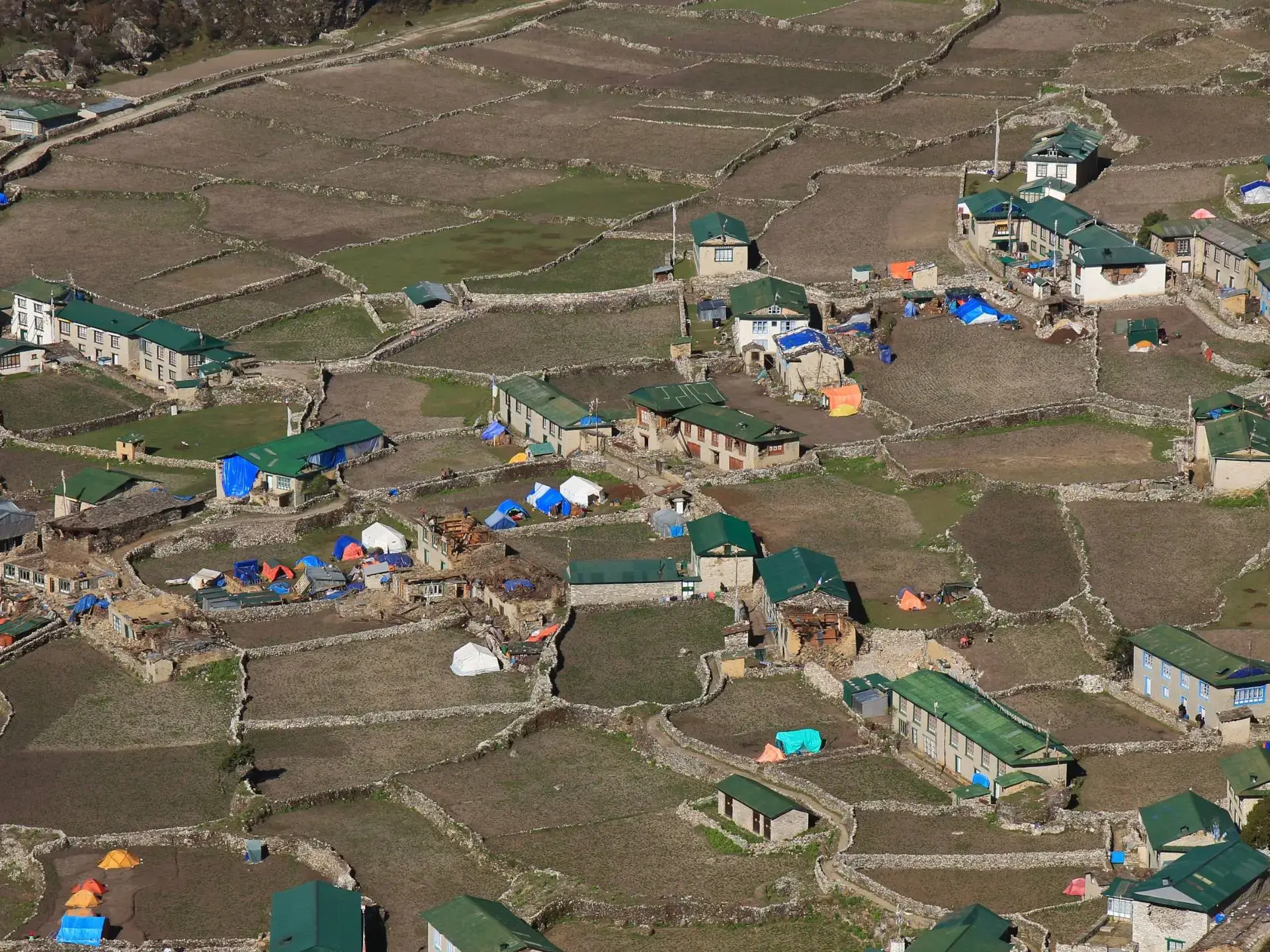
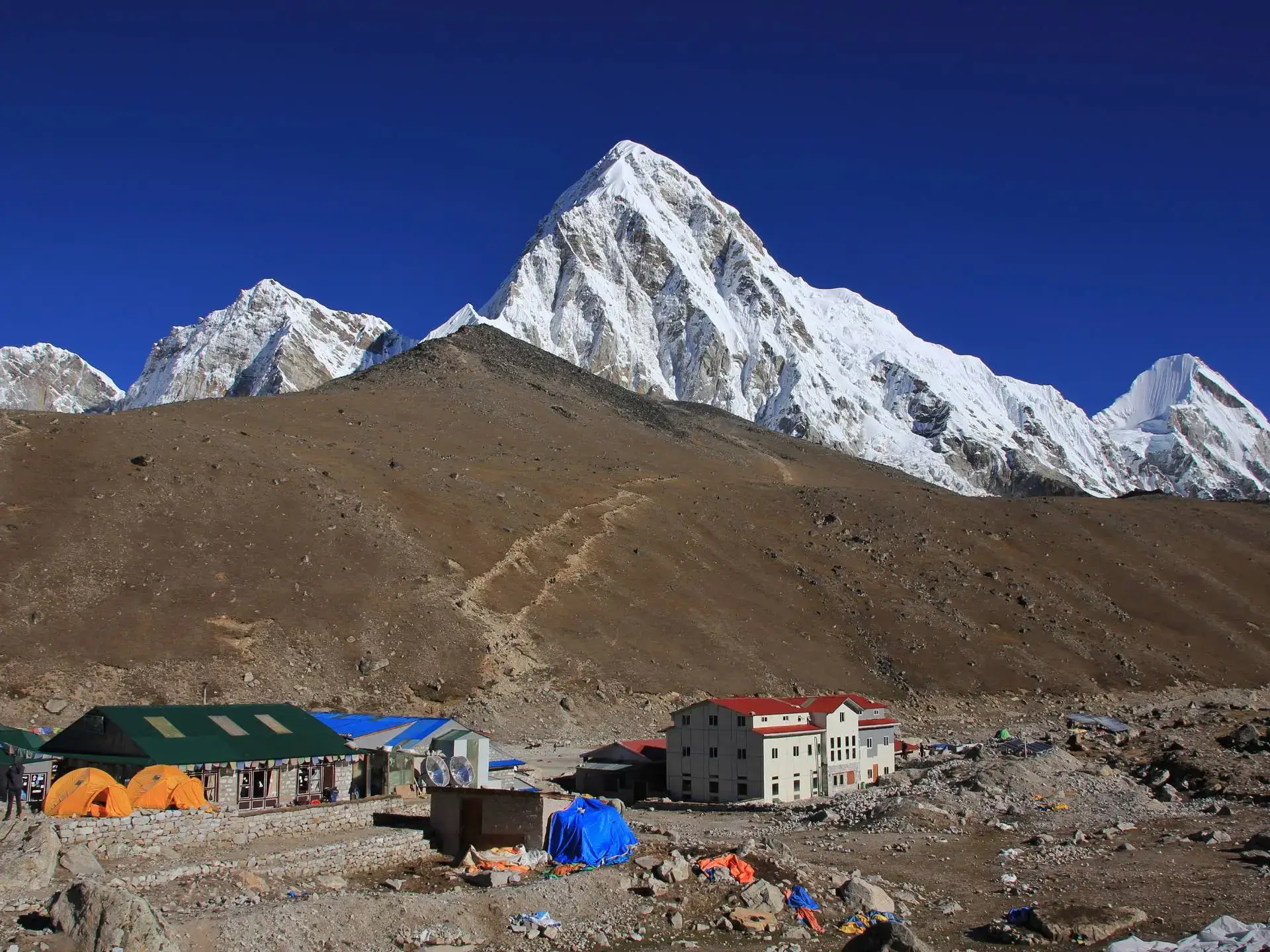
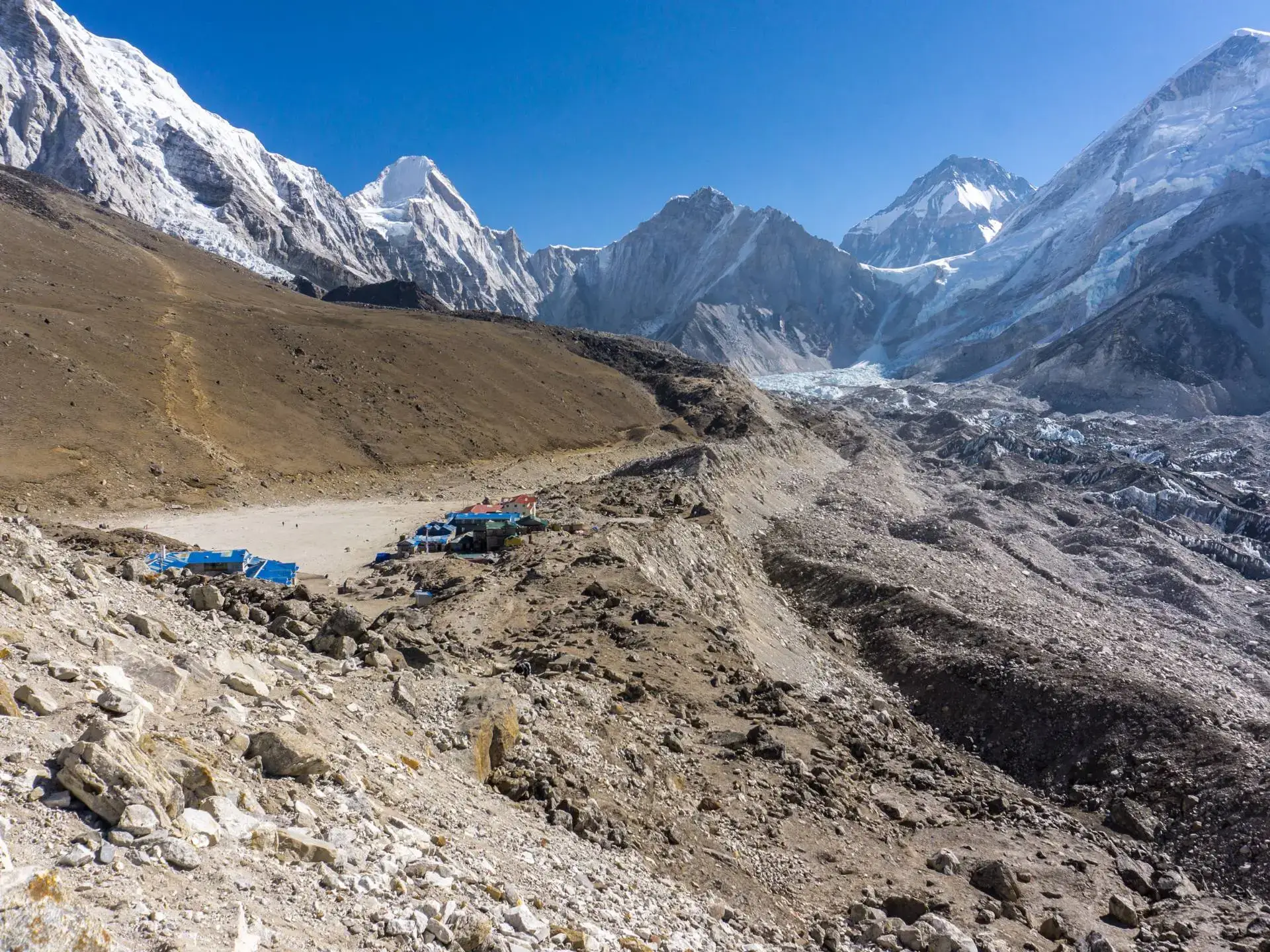

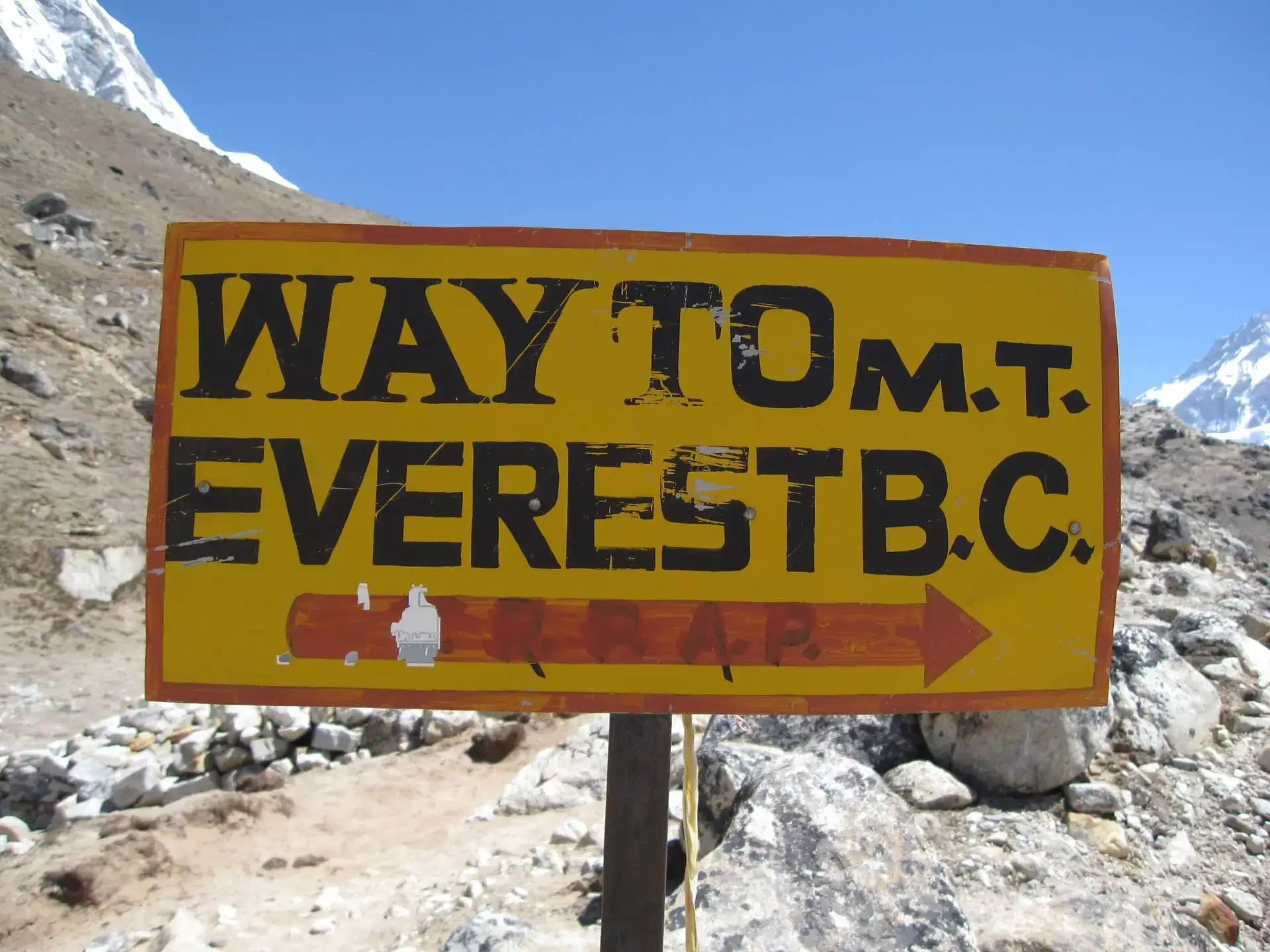
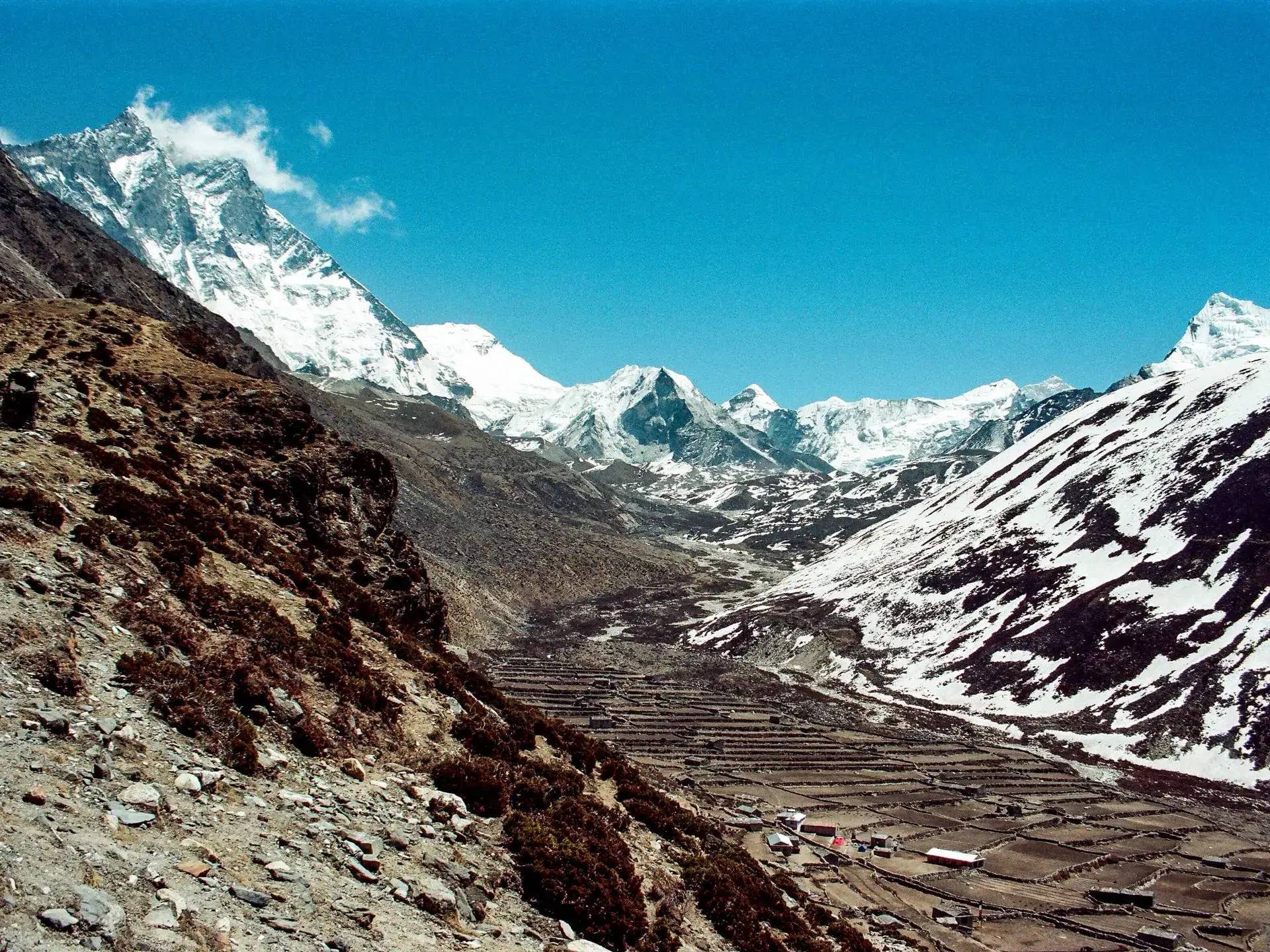
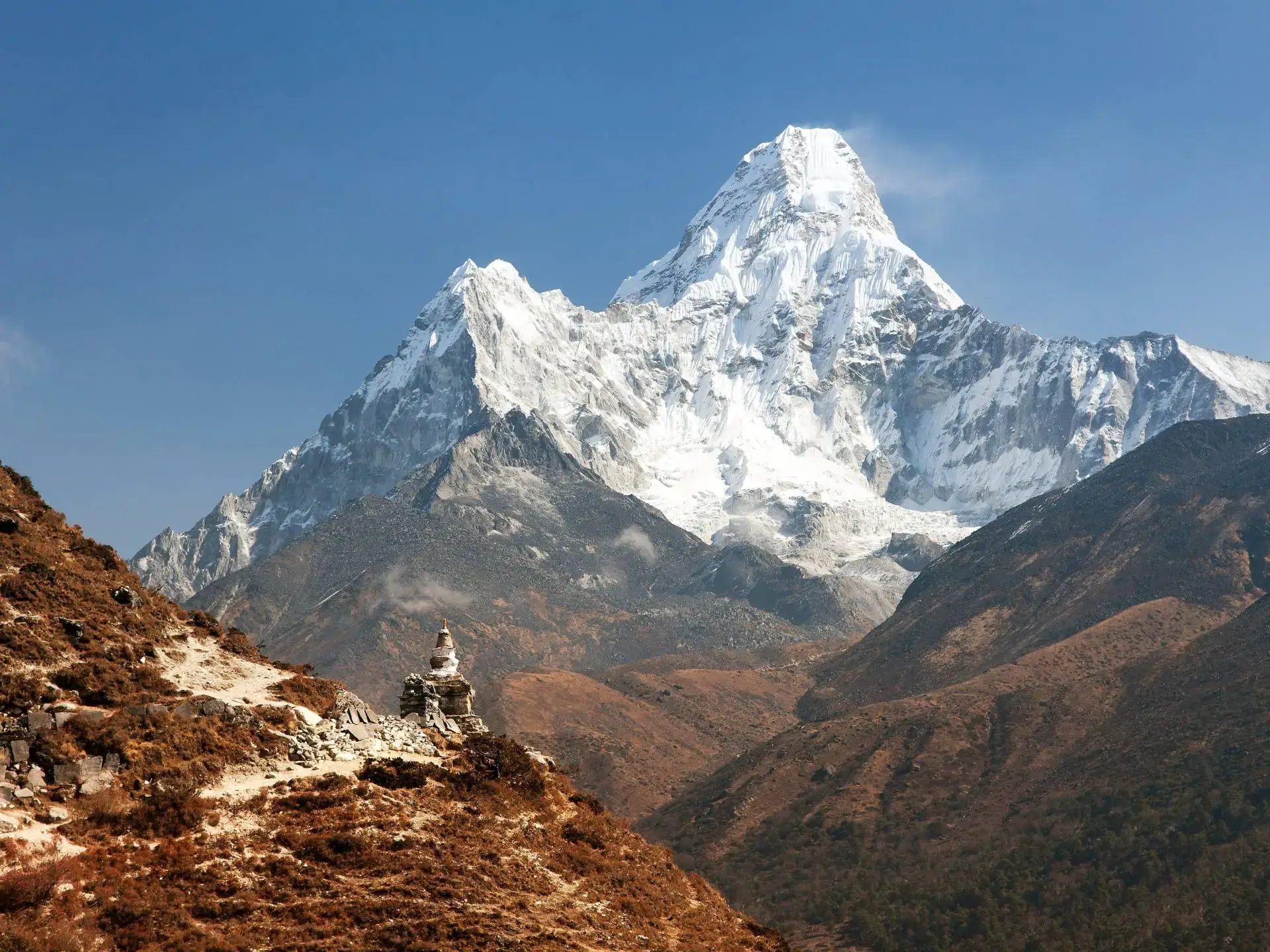


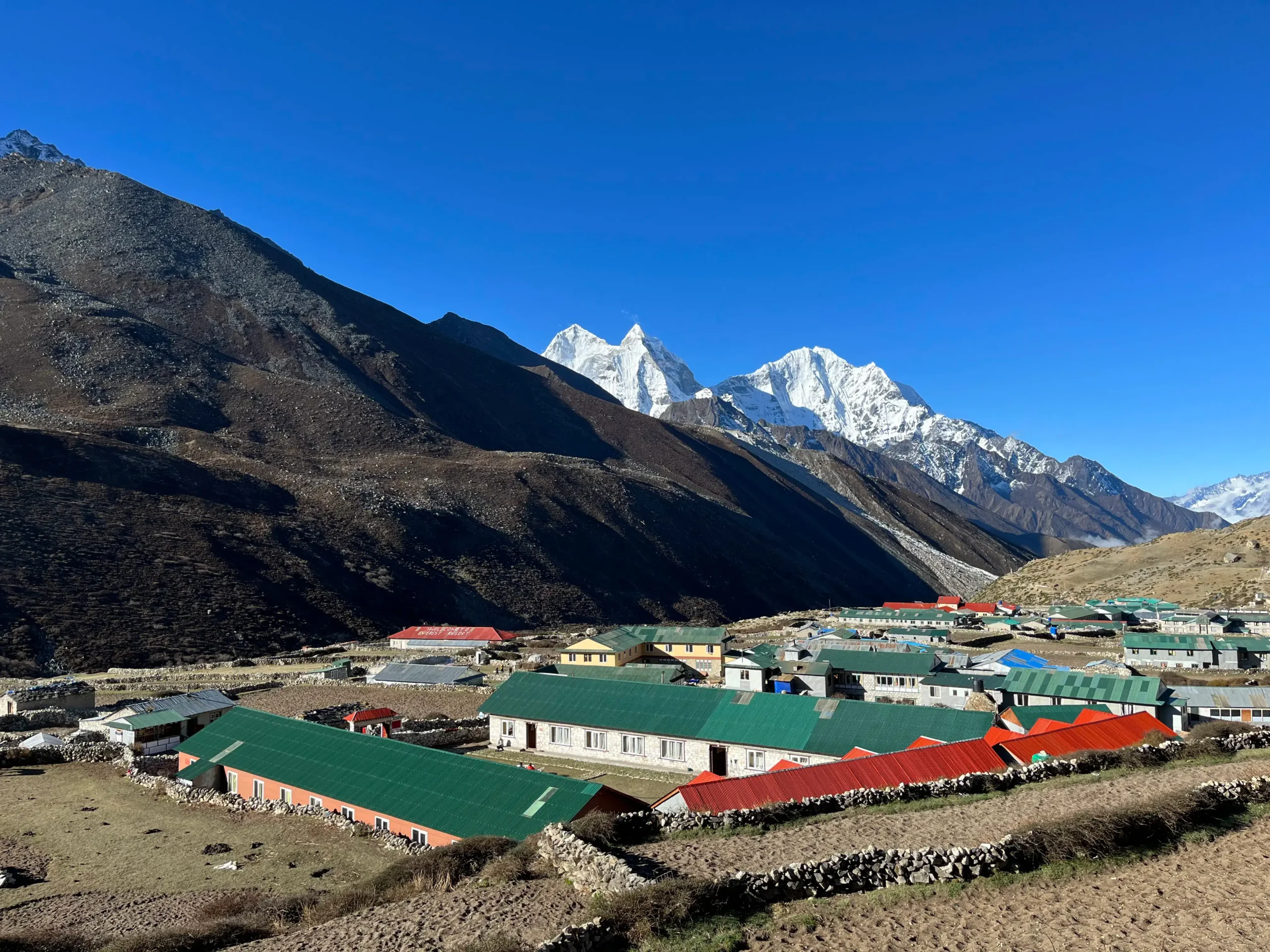
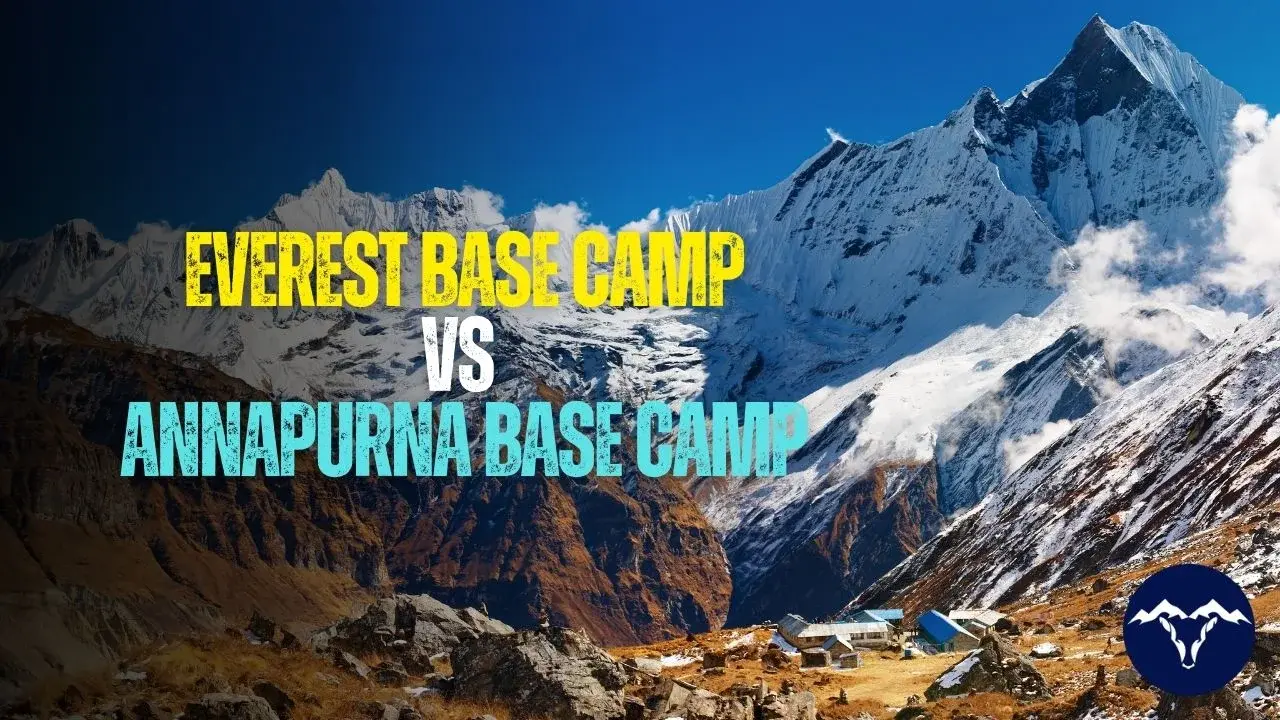
Leave a Comment